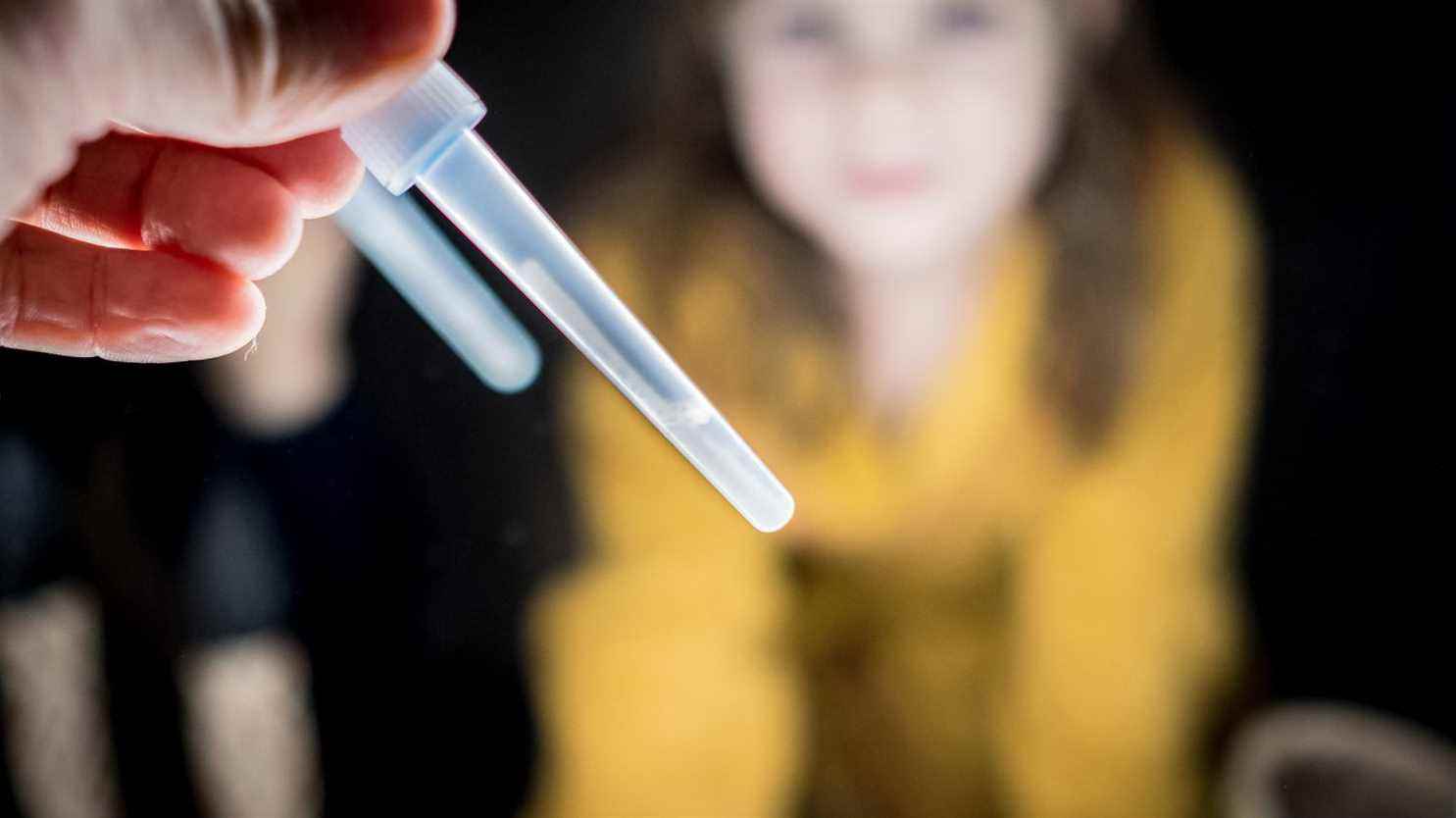The rules have changed again. Castex announced Monday, January 10 on France 2 a relaxation of the level 3 health protocol in schools, in the event of the presence of a student positive for Covid-19. Parents can wait until the end of the day to pick up a contact case child and the testing procedure is simplified.
For their first test, schoolchildren can now use a self-test and more necessarily a PCR or antigen test as before. One way to unclog the analysis laboratories, taken by storm in recent weeks. To see more clearly in these new adjustments, franceinfo answers all the questions which arise on the self-tests.
1What is the new protocol at school?
One thing does not change: in the presence of a case of Covid-19 in their class, students identified as a contact case will still have to take a Covid-19 test the same day, then on D + 2 and D + 4. But if a PCR or antigen test was until now mandatory for the first test, the government decided to allow the use of self-tests as of Tuesday. One way to respond to “Waiting lines” which had multiplied in recent days, explained Jean Castex on the set of “20 hours” of France 2.
In the event of a negative first test, the pupils, as before, will be able to return to class. A sworn statement will however be necessary from this first test. Students who test positive or not test should always self-isolate for seven days. As before, if a new positive case is identified in a class within seven days, the other students will not need to be retested.
# Covid19 | An adapted health protocol and 11 million self-tests available this week in pharmacies.
Objective: to keep schools open, in the interest of children pic.twitter.com/aXcsLl0tOp– Ministry of National Education, Youth and Sports (@education_gouv) January 10, 2022
2How to get the self-tests free of charge?
If your child is in contact, three self-tests can be collected free of charge at the pharmacy. A certificate issued by the school will suffice to obtain them. According to the government, eleven million kits are expected to be delivered to pharmacists this week. In the absence of this certificate, you will have to buy them in pharmacies or supermarkets.
3How to properly perform a self-test?
It is not always easy to test yourself or your child. After washing your hands and placing the test tube in front of you, it remains to open the swab package and insert it into each nostril. “2 to 4 centimeters” are enough, explained Laurent Meyssonier, pharmacist, to Brut. For children, 3 centimeters are sufficient. Once the swab is in the correct position, it should be turned for about 15 seconds in each of the nostrils.
After taking the sample, insert the swab into the test tube. Usually, one minute of contact between the swab and the test liquid is sufficient. Then all you have to do is put a few drops (the number varies according to the tests) on the test cassette and wait 10 to 15 minutes for the result. If the test is positive, two bars appear at the C and T on the cassette. If only one bar appears at the level of C, it means that the test is negative. If no bar appears at the level of C, it means that the test is invalid and that one must be redone.
4How reliable are the self-tests?
Self-tests are antigenic tests whose sampling method differs from tests carried out in an analytical laboratory or in a pharmacy. To put it another way, the analysis method is the same, it is the way of taking the sample that differs: during a self-test, the swab is introduced less deeply into the nostril. The sales rule imposed on antigenic tests in France therefore also applies to self-tests: to be marketed, they must exceed 80% sensitivity and 99% specificity.
Real-life studies of the reliability of self-tests are scarce. However, specialists consider that it is lower than the tests carried out by professionals, theThe risk of a handling error being greater. The government nevertheless considers that performing self-tests repeatedly, as provided for in the framework of the school health protocol, “increases their reliability”.
5How to write the sworn statement?
In the event of a negative test, only one sworn certificate (on D + 0) is now compulsory. A model of the latter should be downloadable from the end of the week on the website of the Ministry of National Education. Certificates on D + 2 and D + 4 are no longer required. Contacted by franceinfo, the ministry specifies that, like all sworn statements, they can be written on plain paper.
